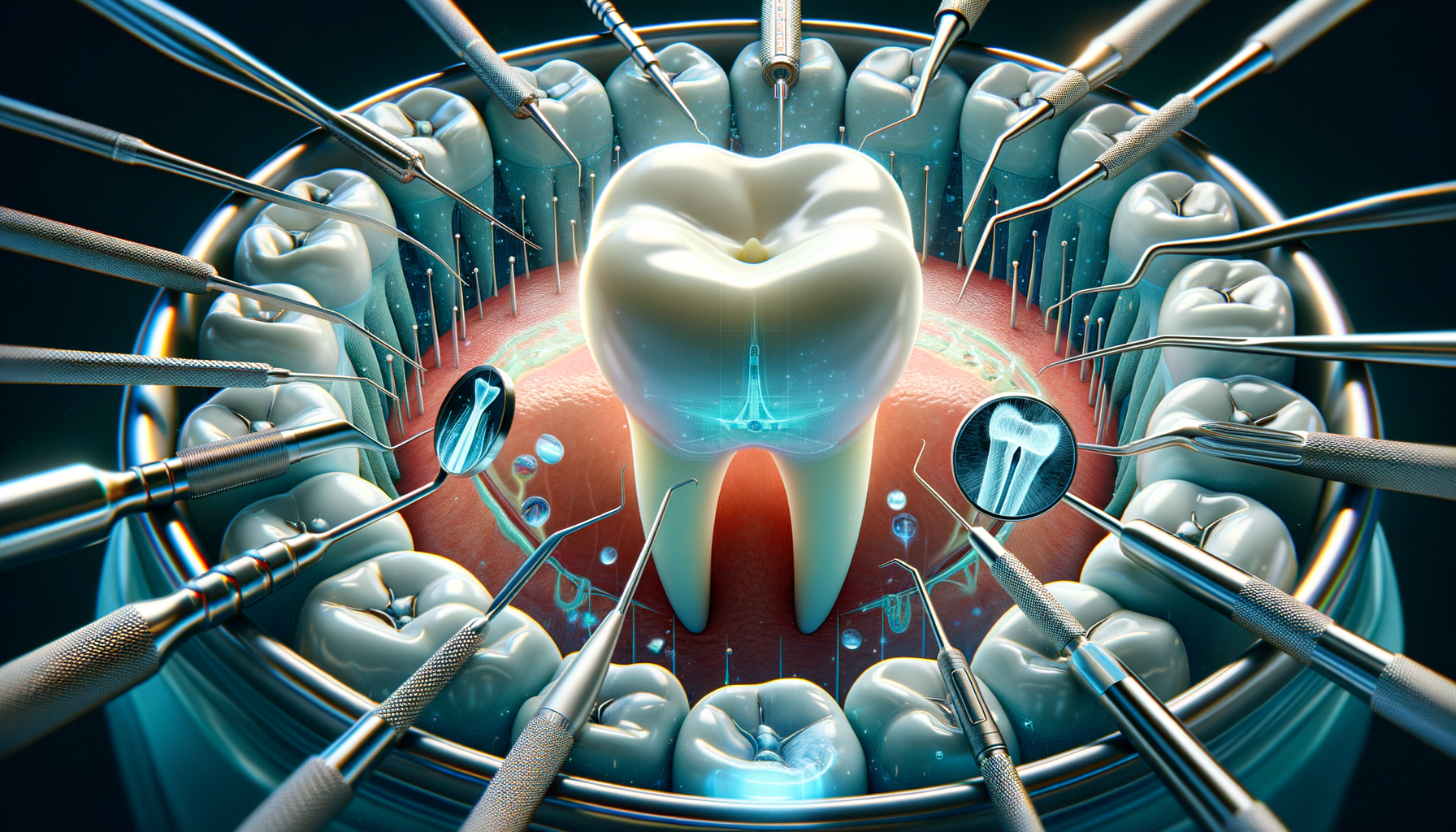Understanding Root Canal Treatment: A Comprehensive Guide
Root canal treatment is a dental procedure aimed at removing infected or damaged pulp from inside a tooth, helping to alleviate pain and restore its function.

What is Root Canal Treatment?
Root canal treatment, also known as endodontic therapy, is a procedure designed to treat infection at the center of a tooth. This treatment is essential when the pulp, the soft tissue inside the tooth containing nerves and blood vessels, becomes inflamed or infected. This can happen due to deep decay, repeated dental procedures on a tooth, or a crack or chip in the tooth. If left untreated, the infection can spread, leading to abscesses and further complications.
The primary goal of a root canal is to save the tooth by removing the infected pulp, cleaning and disinfecting the inside of the tooth, and then filling and sealing it. Despite its daunting reputation, a root canal is a straightforward procedure that can relieve pain and save a tooth that might otherwise need to be extracted.
Signs You Might Need a Root Canal
Recognizing the signs that you might need a root canal can help in seeking timely treatment. Common symptoms include:
- Severe toothache pain upon chewing or application of pressure.
- Prolonged sensitivity to hot or cold temperatures (after the heat or cold has been removed).
- Discoloration or darkening of the tooth.
- Swelling and tenderness in nearby gums.
- A persistent or recurring pimple on the gums.
These symptoms can indicate that the pulp has been damaged or infected, necessitating a root canal to prevent further complications.
The Root Canal Procedure
The root canal procedure typically requires one or two visits to the dentist or endodontist. Here’s what patients can expect:
- Examination and X-ray: The dentist will first examine the tooth and take X-rays to determine the extent of the infection.
- Anesthesia: Local anesthesia is administered to numb the area around the tooth.
- Pulp Removal: An opening is made through the crown of the tooth to access the pulp chamber. The infected pulp is then removed, and the space is cleaned and shaped.
- Filling: Once cleaned, the space is filled with a biocompatible material called gutta-percha. The opening is sealed with a temporary or permanent filling.
In some cases, a crown or other restoration is placed on the tooth to protect and restore it to full function.
Aftercare and Recovery
After a root canal, it’s normal to experience some discomfort or mild pain for a few days. Over-the-counter pain medications can help manage this. Here are some aftercare tips to ensure a smooth recovery:
- Avoid chewing on the treated tooth until it is fully restored with a crown or filling.
- Maintain good oral hygiene by brushing and flossing regularly.
- Follow up with your dentist to ensure the tooth is healing properly.
Most patients can return to their normal activities the day after the procedure. It’s important to follow your dentist’s recommendations and attend all follow-up appointments.
Benefits and Risks of Root Canal Treatment
Root canal treatment offers several benefits, including pain relief and preservation of the natural tooth. Retaining your natural teeth is important for maintaining proper chewing function and preventing other teeth from shifting.
However, like any medical procedure, there are risks involved. These may include:
- Infection if bacteria enter the tooth during the procedure.
- Damage to the surrounding teeth or tissues.
- Failure to completely remove the infected pulp, necessitating additional treatment.
Despite these risks, root canal treatment is a highly successful procedure with a success rate of over 95%. It is a proven method for saving teeth and alleviating pain.